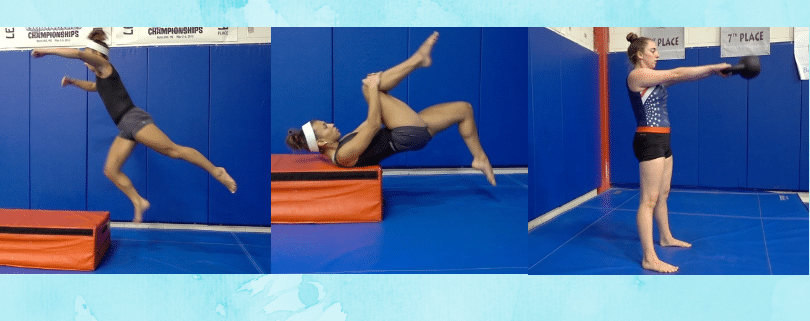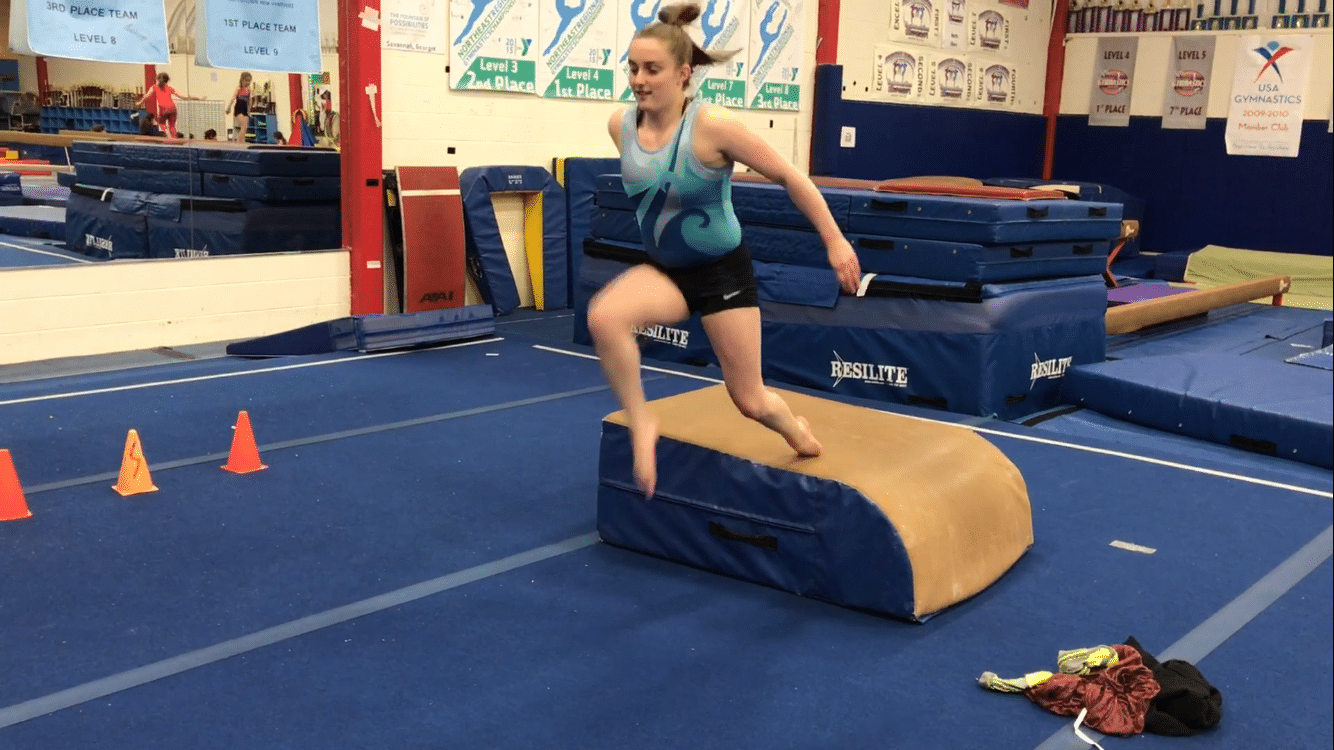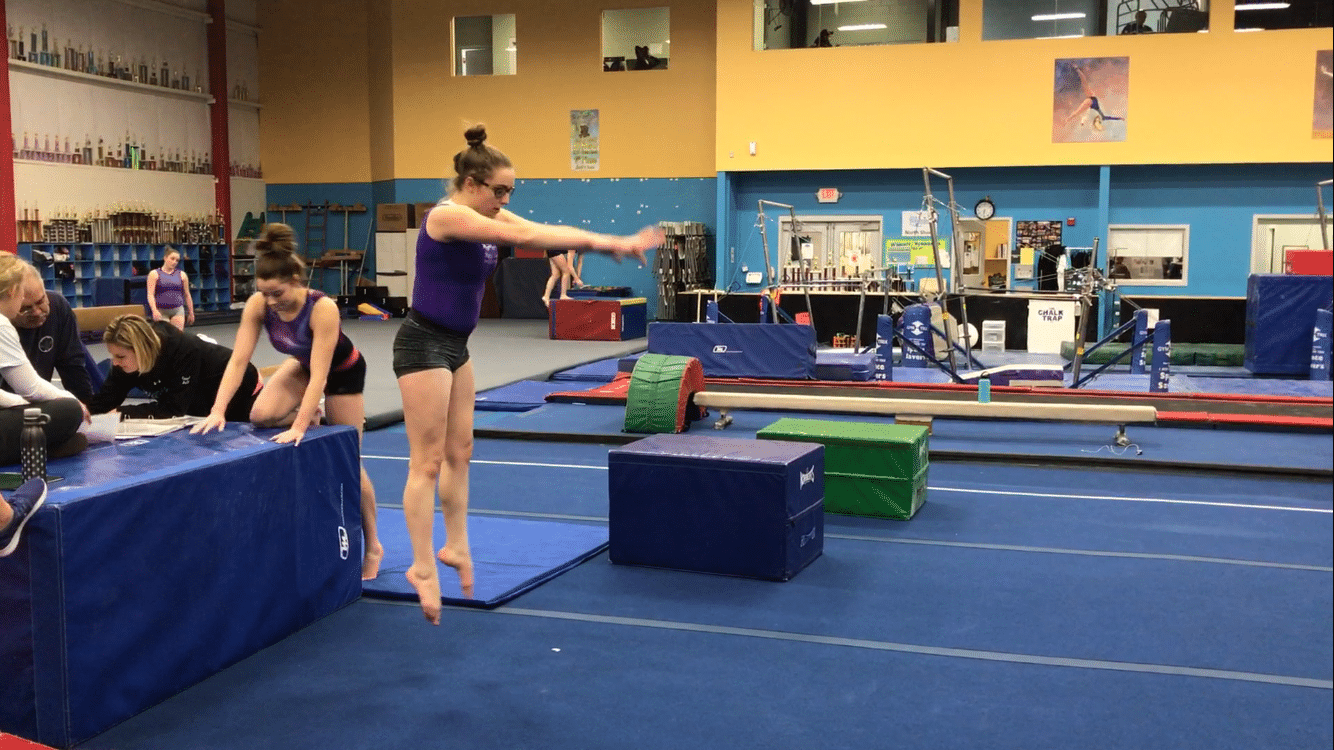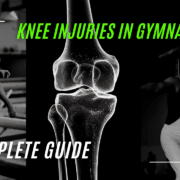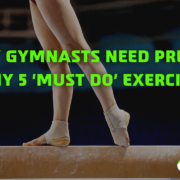Build Explosive Jumping Power With These 3 Leg Exercise Progressions
I just wanted to put out a quick blog post for people who are looking to build leg power in the athletes they work with. Following a few strength building blocks (gaining general strength first is essential to increase power), there are some specific progressions that I have found really useful for transferring newfound strength to faster output power.
Along with performance aspects, having incredibly strong legs is important to help reduce the amount of force going through the knee ankle joints of gymnasts during skills. Due to how high the forces of gymnastics are, the high repetitions required to learn skills, and the long nature of a competitive season, really durable legs are one of the best things you can build for young gymnasts.
Generally speaking, I try to do a few weeks of more localized leg exercises (like squat jumps without an arm swing) and then progress to more dynamic movements (using the arms) and then finally sport-specific applications (sprint drills or compound movements) over the course of a training block.
I typically keep the repetitions on the lower end for the more intense/explosive4 drills, say 3-6 repetitions, to help encourage maximal effort and high quality on each set.
I also usually add in a few non leg based exercises in between to help athlete’s recovery. Doing a lot of back to back high-intensity leg exercises can lead to negative results, as often times the quality of movement and power output quickly drops. Not to mention, I find more kids become limited by their metabolic capacity and the training effect for power adaptations in the legs is lost.
This is typically just one part of our physical preparation program, alongside more gymnastics specific bounding of “stiffness” drills for tumbling or shaping. We are usually doing a lot of gymnastics specific work along side this general physical preperation programming. Lastly, I recommend people aim to increase the challenge over a month to make sure progressive overload occurs.
For the lower body, here are 3 of my favorite progressions.
Table of Contents
1A – Plyometric Single Leg Hip Lifts
This progression is really all oriented around getting an explosive hip opening (or the “hinging” pattern), which is essential to tumbling, vaulting, and aggressive bar swings. It also tends to bias horizontal force production, which is usually related more to generating sprinting and tumbling speed. It starts with basic isolation work, then progresses to Russian kettlebell swings, and then finally to more gymnastics specific jumping and landing work.
1B – Kettlebll Swings
1C – Depth Jump to Broad Jumps
2A – Double Leg Squat Jump without Arm Swing, from sitting
This progression is much more related to squatting, and involves trying to develop more vertical force. I think out of all the progressions, this one is the most important across the entire range of gymnastics disciplines or domains because they all involve jumping and landing.
2B – Double Leg Squat Jump with Arm Swing, from sitting
2C – Double Leg Squat with Arm Swing, from connected roll
3A – Single Leg Lunge Jump without arms, from kneeling
This last progression is similar to above, but I think is much more gymnastics specific. When you look across the landscape of many lower body gymnastics movements, they are often in some way related to single leg and also require a blend of balance, power, and force transfer.
3B – Single Leg Lunge Jump with arms, from kneeling
3C – Connnected Split Jumps with arms, from bounding
Want to Learn More?
If you find these videos helpful, remember this is just the tip of the iceberg. You can download by free “Gymnastics Strength and Power Guide” below. Also, be sure to see the exact exercises, progressions, and strength programs I teach people to help build leg power in gymnasts which can be found by enrolling in The Hero Lab, my monthly educational service for gymnastics.
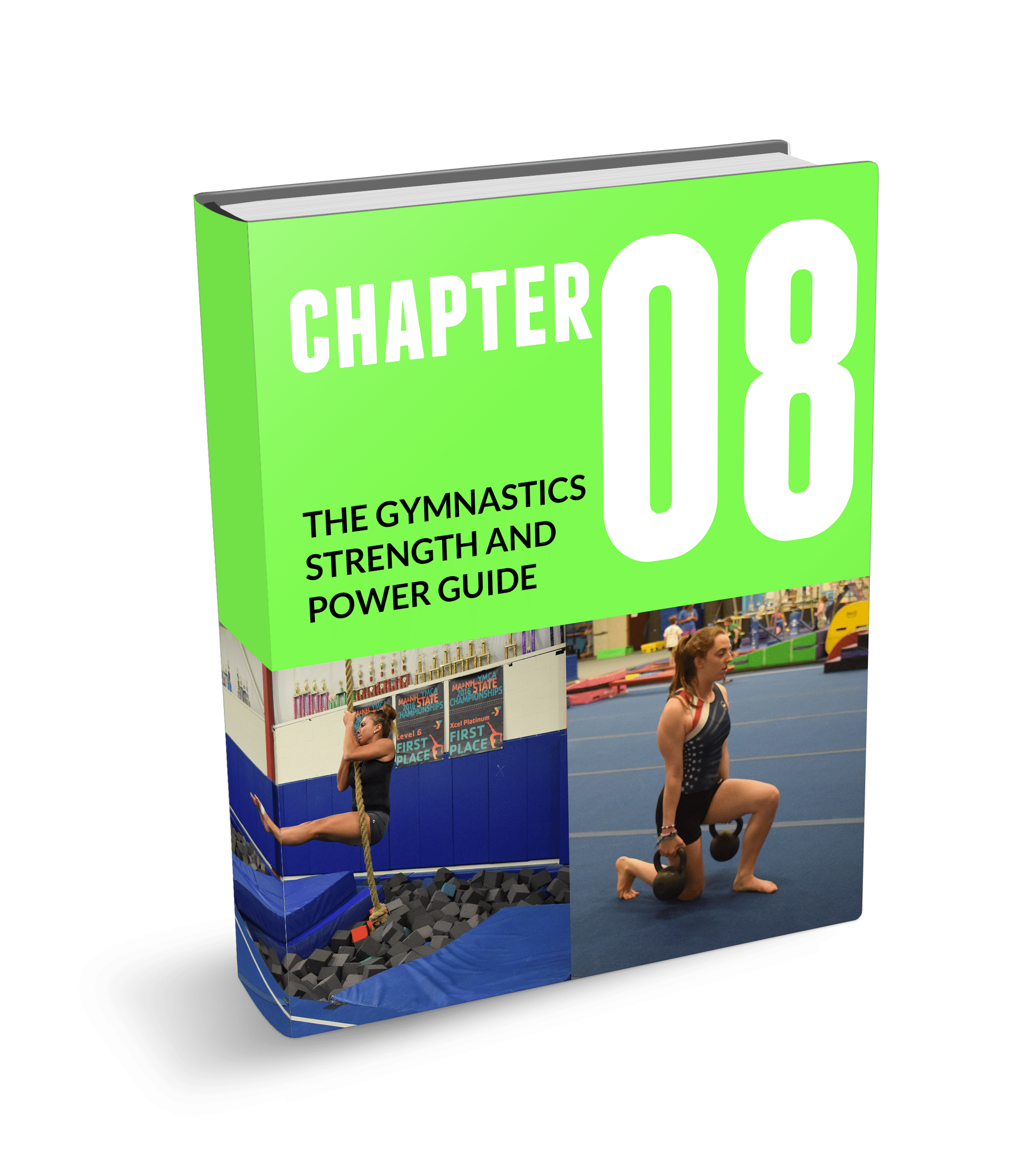
The Gymnastics Strength
and Power Guide
- Methods and exercises for increasing strength and power in gymnasts
- Explanations on why gymnasts should use both weight lifting and body weight strength
- Teaches concepts of planning, specific sets or reps, and planning for the competitive year
We take our privacy seriously and will never share your information. Click here to read our full privacy policy.
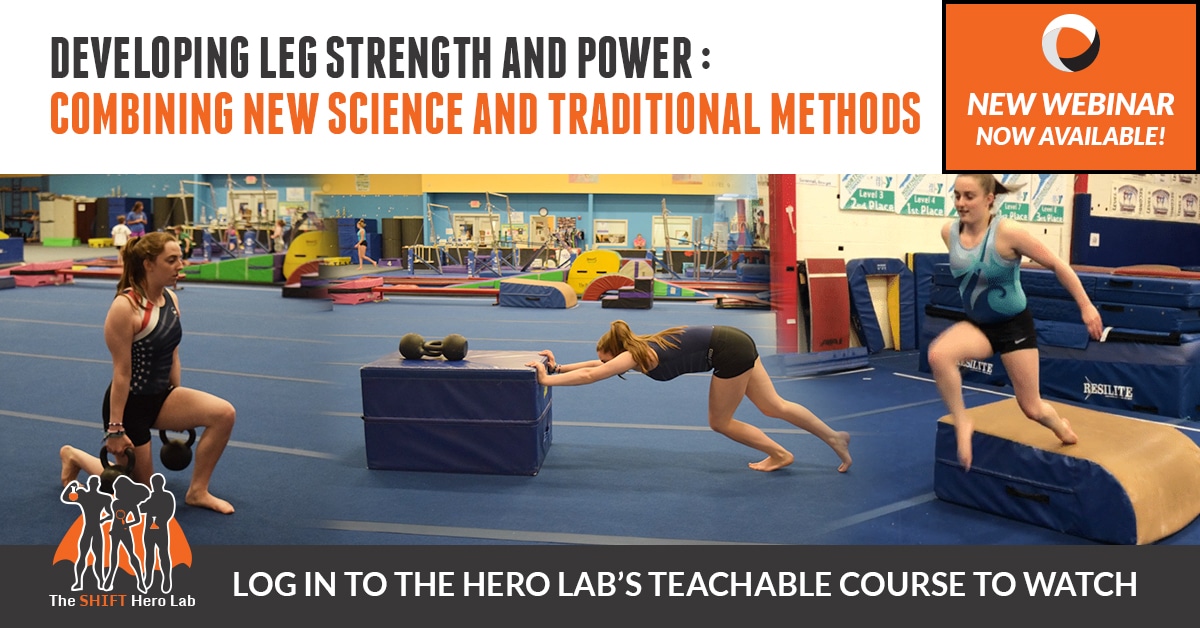
I hope this was useful! Have a great week,
– Dave
Dr. Dave Tilley DPT, SCS, CSCS
CEO/Founder of SHIFT Movement Science

